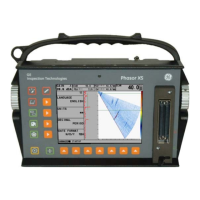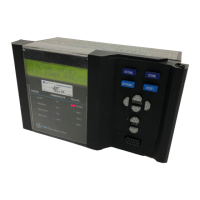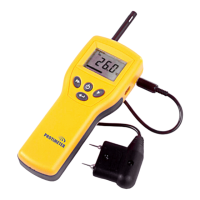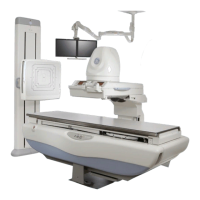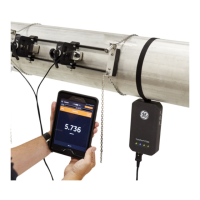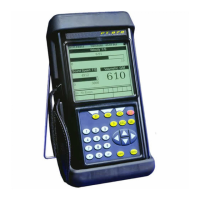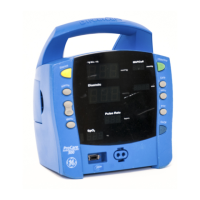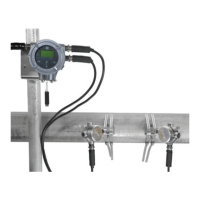Application of the Hygrometer (900-901D1) A-7
4/9/98
Contaminants
Industrial gases and liquids often contain fine particulate matter.
Particulates of the following types are commonly found in such
process fluids:
• carbon particles
• salts
• rust particles
• polymerized substances
• organic liquid droplets
• dust particles
• molecular sieve particles
• alumina dust
For convenience, the above particulates have been divided into
three broad categories. Refer to the appropriate section for a
discussion of their affect on the GE Panametrics moisture probe.
Non-Conductive Particulates
Note: Molecular sieve particles, organic liquid droplets and oil
droplets are typical of this category.
In general, the performance of the moisture probe will not be
seriously hindered by the condensation of non-conductive, non-
corrosive liquids. However, a slower response to moisture
changes will probably be observed, because the contaminating
liquid barrier will decrease the rate of transport of the water vapor
to the sensor and reduce its response time.
Particulate matter with a high density and/or a high flow rate may
cause abrasion or pitting of the sensor surface. This can
drastically alter the calibration of the moisture probe and, in
extreme cases, cause moisture probe failure. A stainless steel
shield is supplied with the moisture probe to minimize this effect,
but in severe cases, it is advisable to install a Teflon® or stainless
steel filter in the fluid stream.

